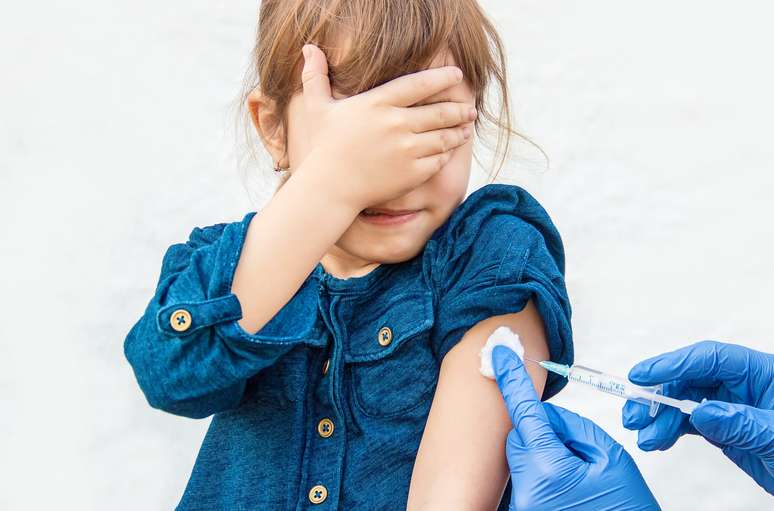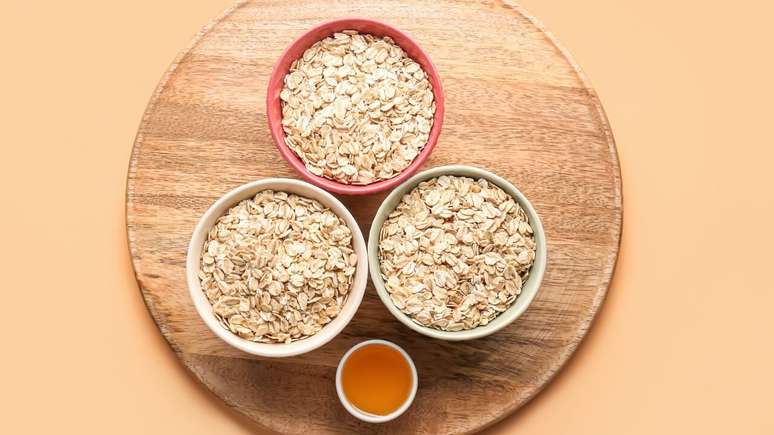Keeping the card updated, following medical recommendations, is necessary for the child to grow up healthy! With the pandemic, some debates have begun to contest the importance and effectiveness of childhood vaccination, not only for Covid-19, but for all diseases. For pediatrician and child neurologist Clay Brites, the need to get vaccinated is based on […]
Keeping the card up to date, following medical recommendations, is necessary for the child to grow up healthy!
With the pandemic, some debates have begun to challenge the importance and effectiveness of childhood vaccination, not only for Covid-19, but for all diseases. For pediatrician and child neurologist Clay Brites, the need to vaccinate is based on scientific evidence and long-term research, which shows that it really works. “Vaccines have been essential from the 1950s and 1960s to today, to ensure greater survival and safety, not only for children and adults, but also for the elderly, to be able to have a better quality and life expectancy in an environment where we are exposed to pathogens and infections on a recurring basis, especially in recent times, when we have seen more and more epidemics and pandemics,” he says.
At birth, the child also has few defenses to fight infections, so childhood vaccination helps stimulate the body’s defense system. This reduces the risk of the child getting sick, since he or she is less likely to contract serious diseases that could affect his or her neurological development.
Various doses, possible reactions
Many vaccines consist of multiple doses, with a specific time interval. The child neurologist explains that the determined period is because each immunization comes into contact with our body. In this sense, it needs time to create antibodies and adequate immune structures to truly protect itself. Therefore, it is also important to respect the intervals between administrations, so that the booster provides the necessary immunological memory and so that our body acquires a consistent defense.
Now, when applying any vaccine, reactions are very common, but 90% to 95% are benign and do not lead to serious consequences. “There are risks of more serious complications and it is important to know them, know the most common side effects, which profiles of children and adults are more prone to this and adopt adequate protection,” says the doctor. For those who have more serious reactions, there are other vaccines and administration mechanisms that guarantee greater safety.
“Childhood vaccination is extremely important in the context of public and collective health. Getting vaccinated is not only about protecting yourself, as well as the entire community around you. We must vaccinate ourselves to significantly and impactfully reduce the possibility of pandemics leading to increased mortality, sequelae (due to infections) and reduced life expectancy.”
Childhood vaccination against Covid-19
“We have recently witnessed an increase in infant mortality caused by the coronavirus, the virus alone has significantly increased the number of deaths, compared to other childhood diseases in the last two-three years”, the neurologist contextualizes.
The doctor emphasizes the importance of childhood vaccination, because children are the age group most likely to develop so-called respiratory inflammatory syndromes. “Infants and younger children, regardless of Covid, already have a greater tendency to have this high inflammatory reactivity, with the presence of this virus in the lung environment of a child, this risk is much greater,” he highlights.
What is the infant vaccination schedule in the first year of life?
Below Brites describes which vaccines are recommended in the first year of life and the possible reactions.
| Vaccine | Application | Side effects |
| BCG | Single dose inside first 12 hours after birth. |
A wound in the region of question, which may require to heal and have presence of regional lymphadenopathy (ganglia). BCG almost always leaves a characteristic scar where it was applied. |
| Hepatitis B | There are three doses, one at birth, with 2 reinforcement months and then 6 months of life. |
Your most common reactions they are pain, local stiffness, fever in the first 24 hours, tiredness, irritability and discomfort mild gastrointestinal. |
| Triple bacterial | At 2, 4 and 6 months. | Low fever may occur moderate, irritability, redness, pain and swelling at the application site. |
| Pentavalent | At 2, 4 and 6 months. They are part of it vaccine immunization against diphtheria, tetanus, whooping cough, hepatitis B and against bacteria haemophiliac type b influenza. |
Its application can lead to same side effects as triple bacterial, fever up to 39 degrees and discomfort in the area of the application. |
| Rotavirus | At 2, 4 and 6 months. | It can lead to fever, weakness, irritability, loss of appetite and vomit. |
| Polio | At 2, 4 and 6 months. In that case, it could be the virus attenuated, orally, and VIPs, from viruses inactive, when is injected. |
When injected, it may occur redness, hardening, local pain and, rarely, fever moderate. The oral vaccine, in In general, it is well tolerated, but there are possibility that the child will have reactions allergies, such as hives and itchy skin rashes. |
| Pneumococcus | With 2, 4, 6 and 12 months. |
It tends to cause pain, swelling, redness, lump at the site of injection and irritability. |
| Anti-meningococcus | At 3, 5, 7 and 12 months. |
In conjugated meningococcus: edema, hardening of the region, pain and redness, loss of appetite, irritability, drowsiness, fever and pain muscle. In meningococcus B: sensitivity and erythema at the site, fever and irritability. |
| Tetravalent Influenza | Two doses later 6 months of life, with a break 30 days between every application. |
Irritability at the site of application, appearance of fever Bass. |
| Yellow fever | Among the nine months and two years of age. |
Headache, pain muscles and fever. In rare cases, there may be hypersensitivity and disease from the vaccine virus. |
Source: Terra
Ben Stock is a lifestyle journalist and author at Gossipify. He writes about topics such as health, wellness, travel, food and home decor. He provides practical advice and inspiration to improve well-being, keeps readers up to date with latest lifestyle news and trends, known for his engaging writing style, in-depth analysis and unique perspectives.








